This year has been very…challenging to say the least! But, I always say that despite the challenges, we have to stay focused on the good in our lives. What you choose to focus on is what will become the center of your life. Maybe the saying isn’t worded like that, but hopefully you get the point!
One of my most recent challenges of this year is that I was diagnosed with tenosynovitis in my ankle. It’s been very stressful but also a relief now that I know what’s been causing weird symptoms for YEARS. I wanted to share just what’s been going on in case you’ve been diagnosed with tenosynovitis before or have been experiencing the same symptoms.
What is Tenosynovitis and what are the symptoms?
Per WebMD, tendinitis is when something (in my case, a gym injury from years ago), inflames one of your tendons, the cords of tissue that hold muscle to bone. Tenosynovitis occurs when it also irritates the sleeve of tissue around the tendon. Symptoms can include the inflamed tendon in the affected area being painful and swollen, becoming more noticeable when you use it. Fluid may also build up when the tendon sheath gets swollen with the area becoming so tender that it hurts to touch.
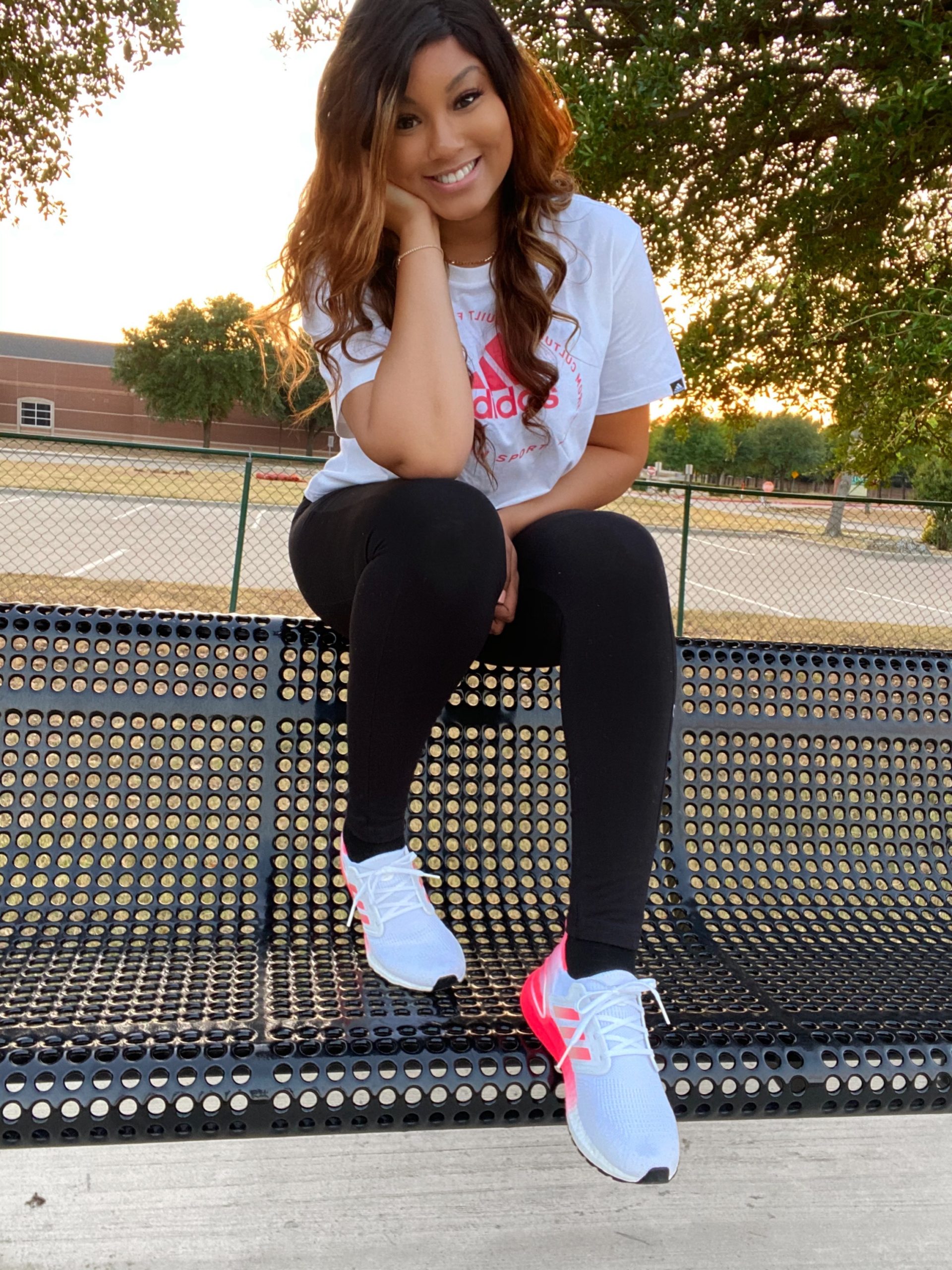
This post is sponsored by Adidas, all opinions are my own.
I am not a medical professional. All information is based upon my personal experience and recovery methods.
If this sounds painful, it absolutely is, at least in my case. I was out running one day when my ankle became numb, swollen and very painful. After years of dealing with this on and off, I was finally ready to see a foot and ankle specialist. It took no time for him to diagnose me with tenosynovitis after a physical exam, X-ray and an MRI of the affected area.
Recovering from Tenosynovitis
It’s important to know exactly what stage you’re in if you suspect you have tenosynovitis as treatment may vary depending on how severe your case is. Thankfully, I didn’t need surgery but it would have been highly possible if left untreated for longer. The following is what I’ve been doing since the diagnosis to get the recovery process going:
Ankle Brace + Shoe Insoles for Stability
I received an ankle brace and insoles for my shoes from my specialist to reduce excessive movement and maintain stability. They’ve made a world of difference! I wear the ankle brace every moment that I can plus when I wear sandals. When I’m out and about with sneakers on, my insoles are inserted.
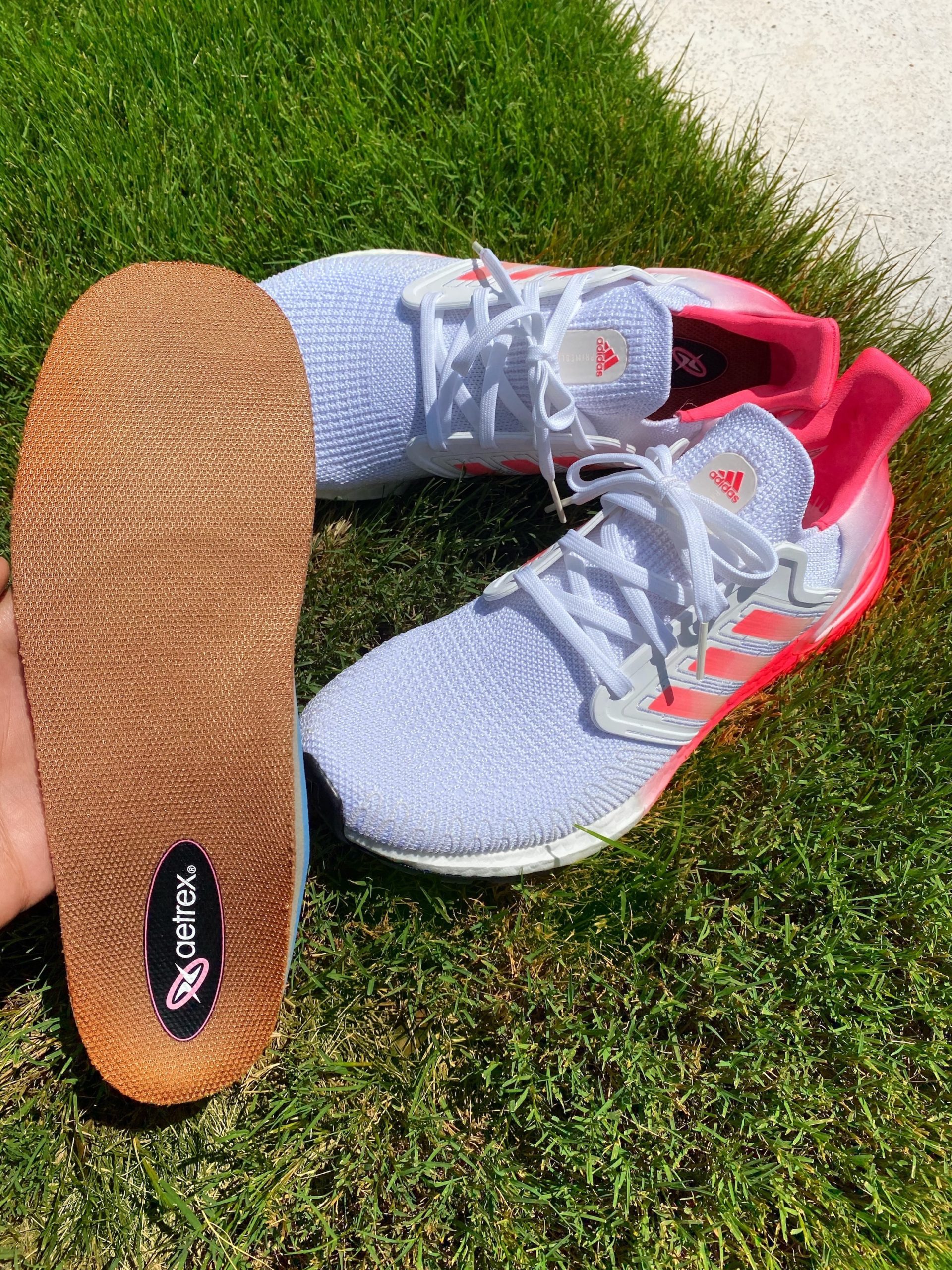
Light Exercise
I’m nowhere near as active as before, but I’ve been gradually increasing my daily activity. So far, I’ve been sticking to light stretching and daily afternoon walks. My goal is to be able to increase this to two walks a day then very light lifting. Another game changer for my recovery process has been to have shoes with great support to add even more stability.
When I’m exercising or out and about, my favorite shoes to wear have been my Adidas Ultraboost 20 shoes. They’re supportive enough to stop my ankle from making any wrong movements, very comfortable for long periods of time, plus they’re a stylish must-have for my sneaker collection. Before my injury, I wasn’t entirely sure what type of running/walking shoes I needed. It’s best to know before an injury even happens. Adidas makes it super easy to find the type of running shoe that you need on their blog.
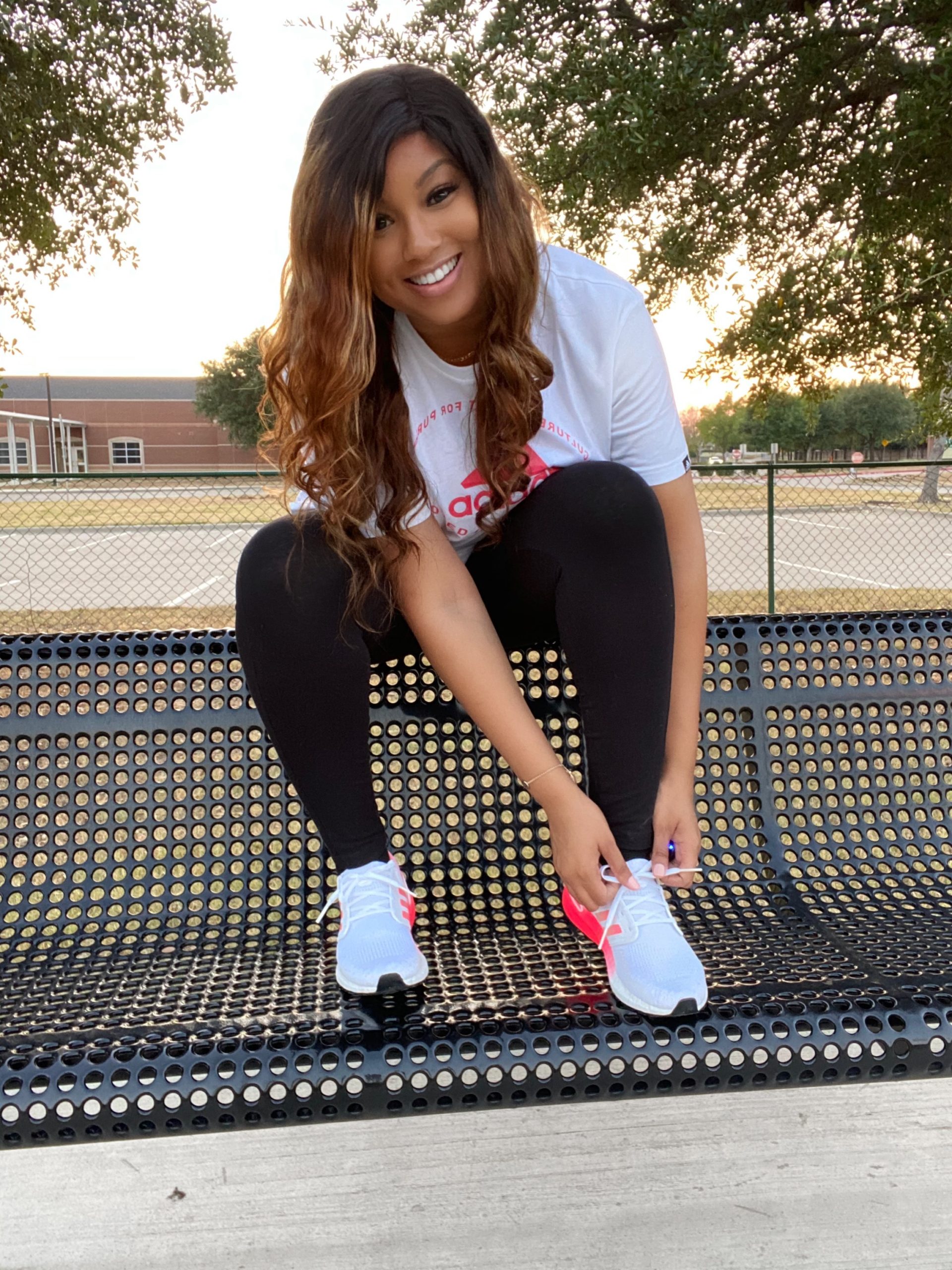
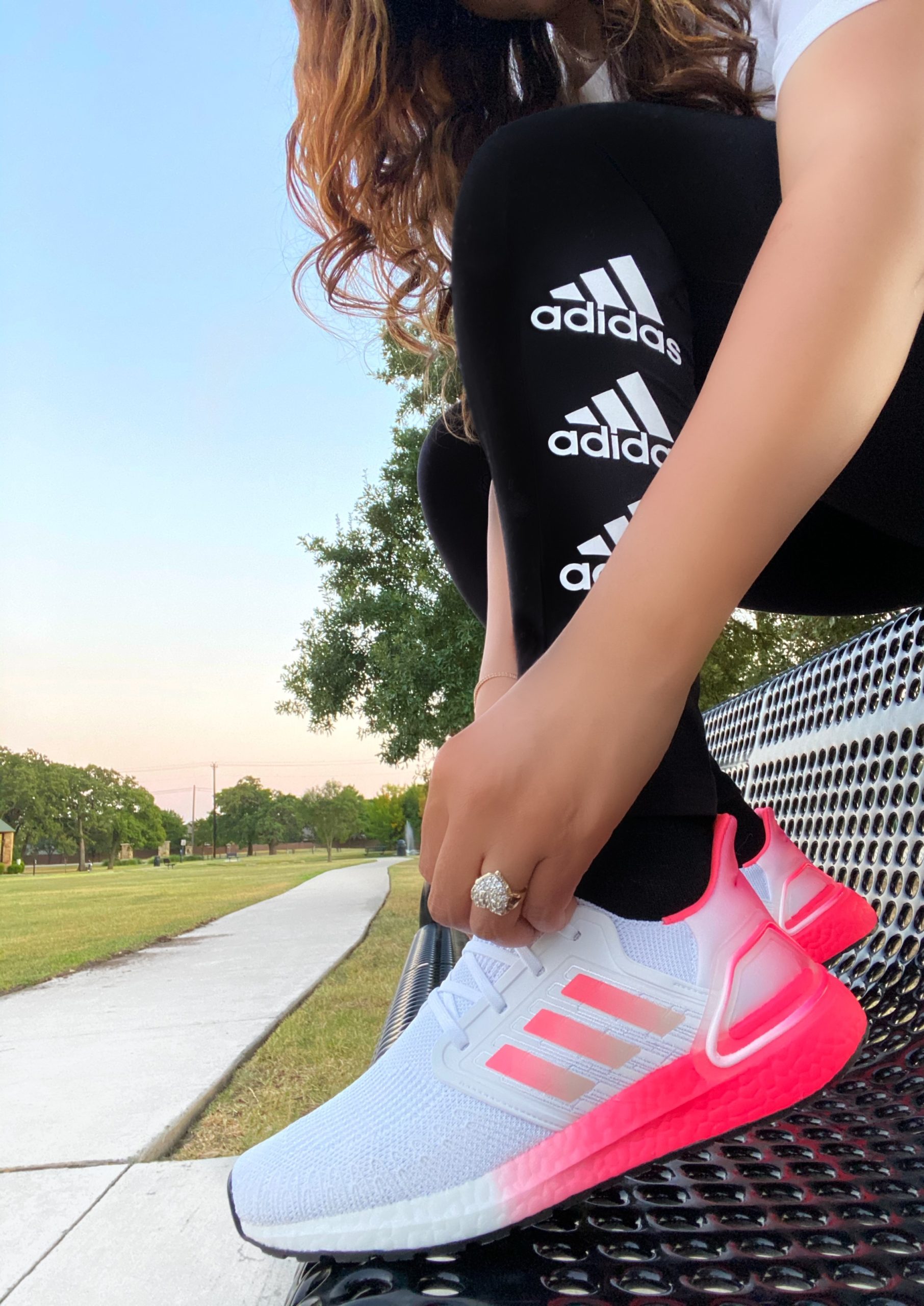
Elevation + Warm Compress
Despite everything, my ankle still swells from time to time which is to be expected. When this happens, I make sure to get off my feet as soon as I can and elevate my ankle. I also wet a washcloth with hot water and wrap my ankle with it to ease the pain. Some people prefer ice, but either is fine.
If you’ve been having any of the symptoms mentioned or suspect that you may have a similar condition, the best thing to do is get it checked out immediately. Hopefully, these tips shed more light on this topic for you as well as provided some insight to treatment. If you found this helpful, be sure to share in case someone else needs it. Until next time!
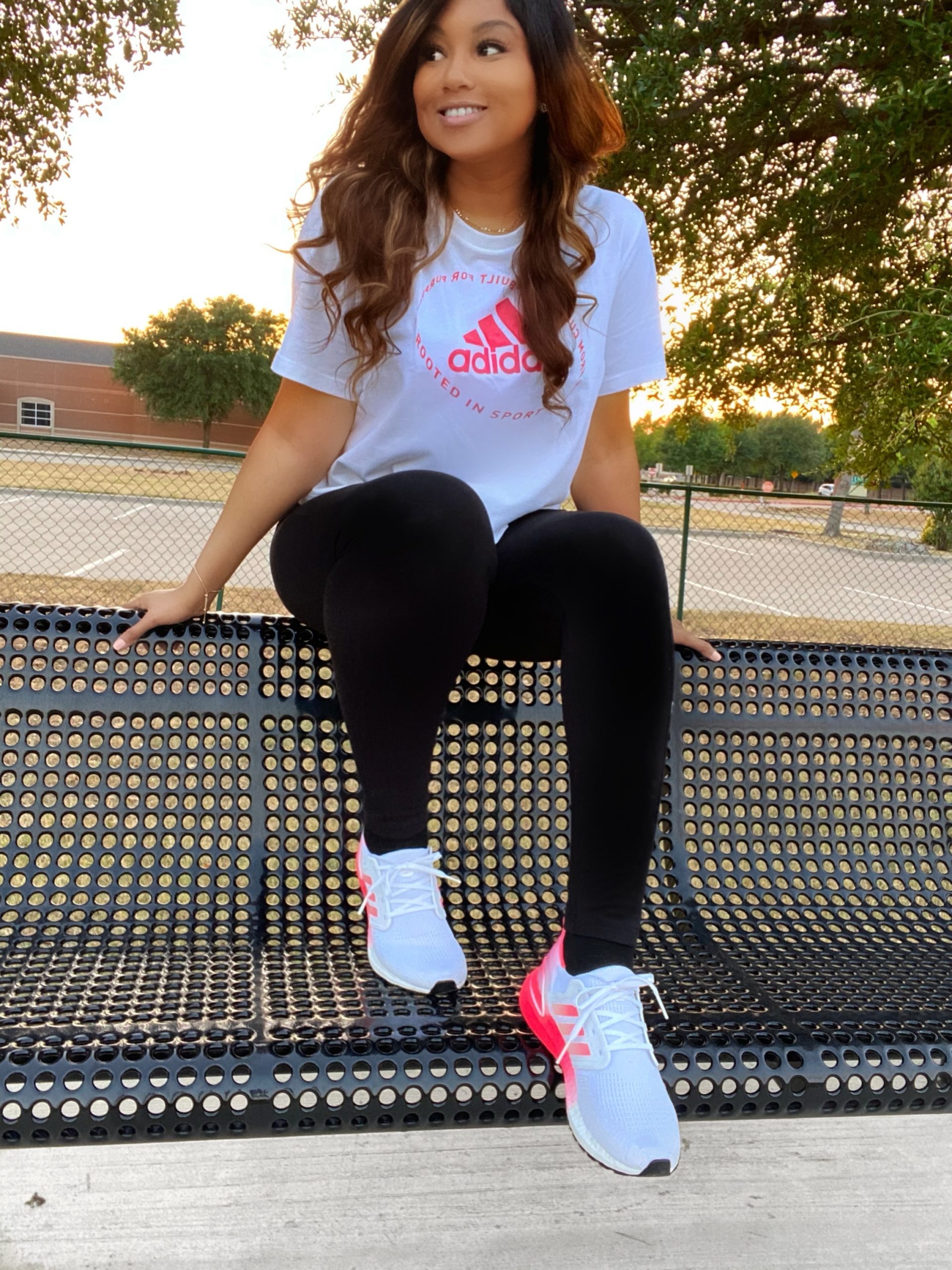

These are such aggravating injuries to deal with! It is tough getting older and having to struggle with these things.
Author
They really are very aggravating. After my ankle injury, even after “healing”, it hasn’t been the same since.